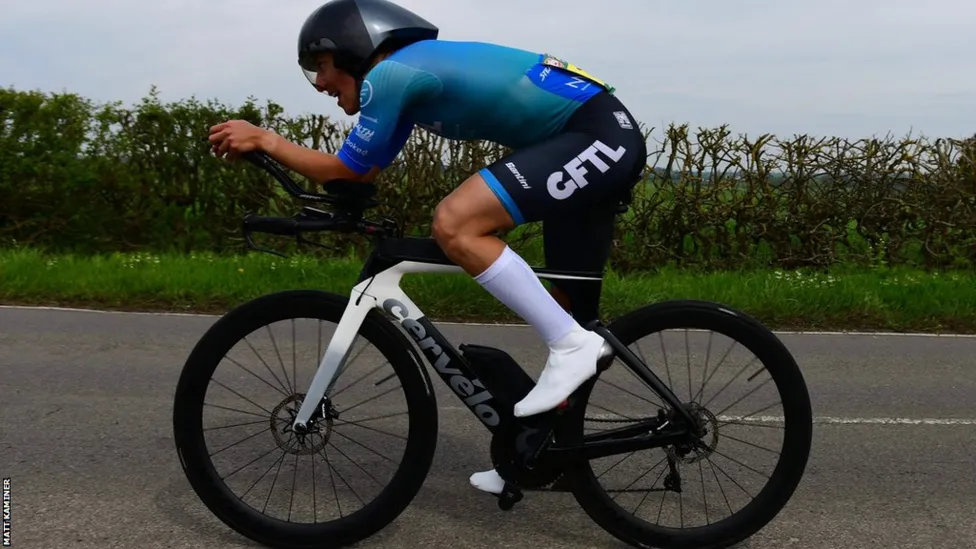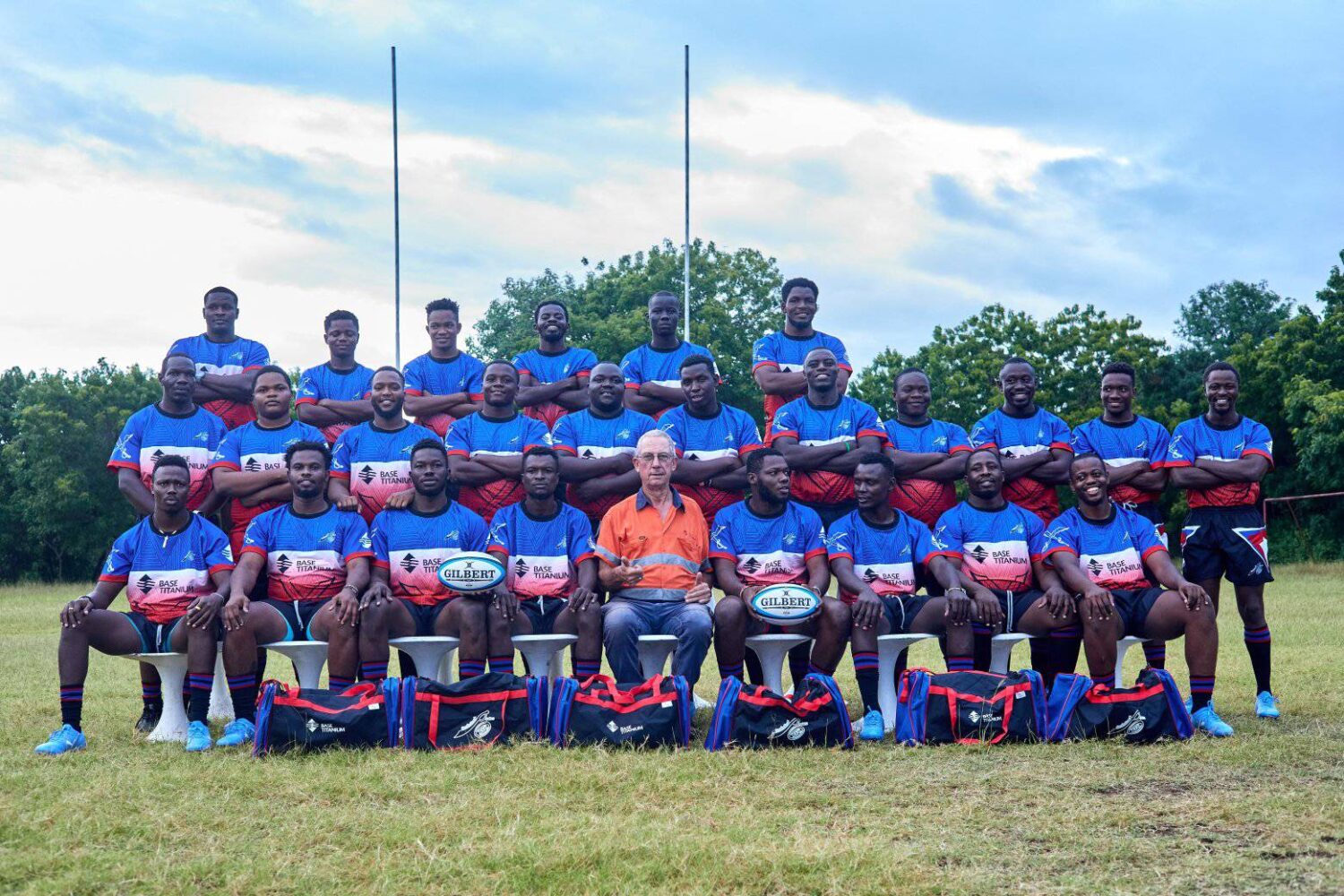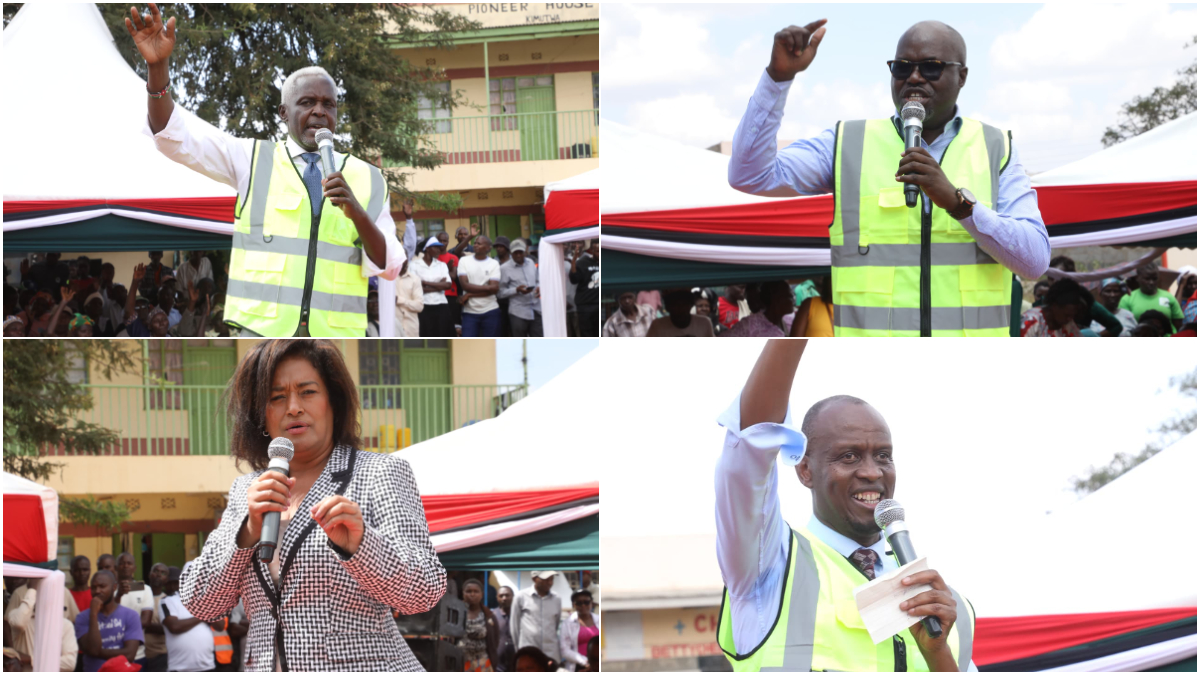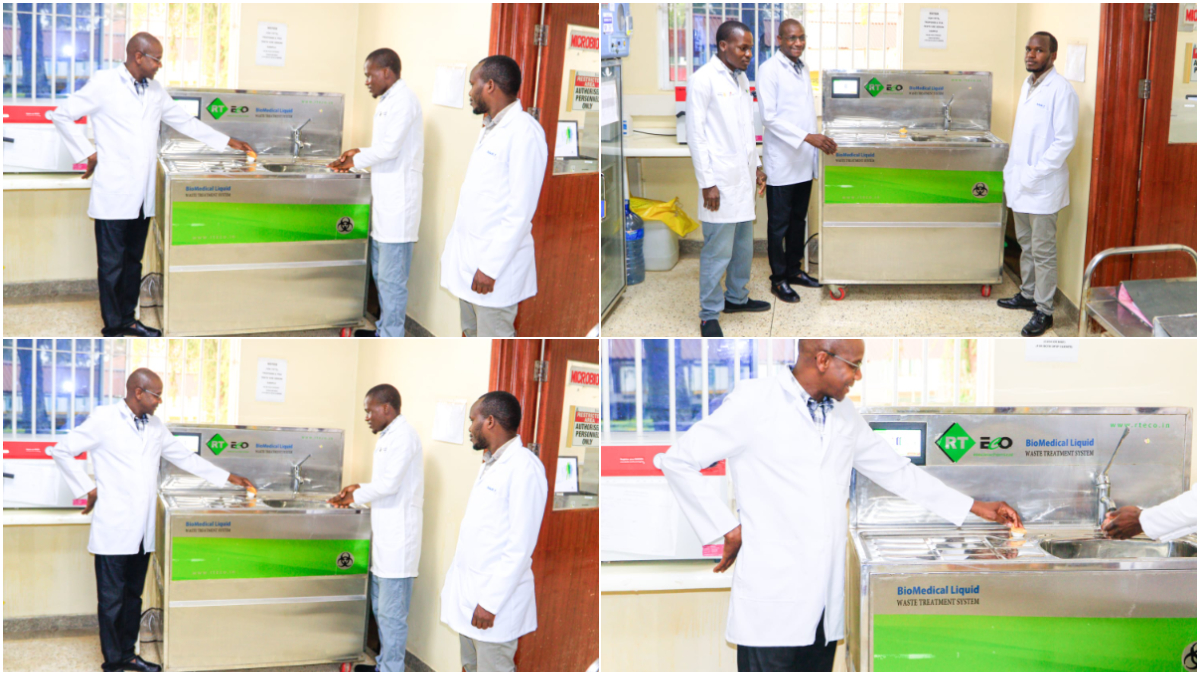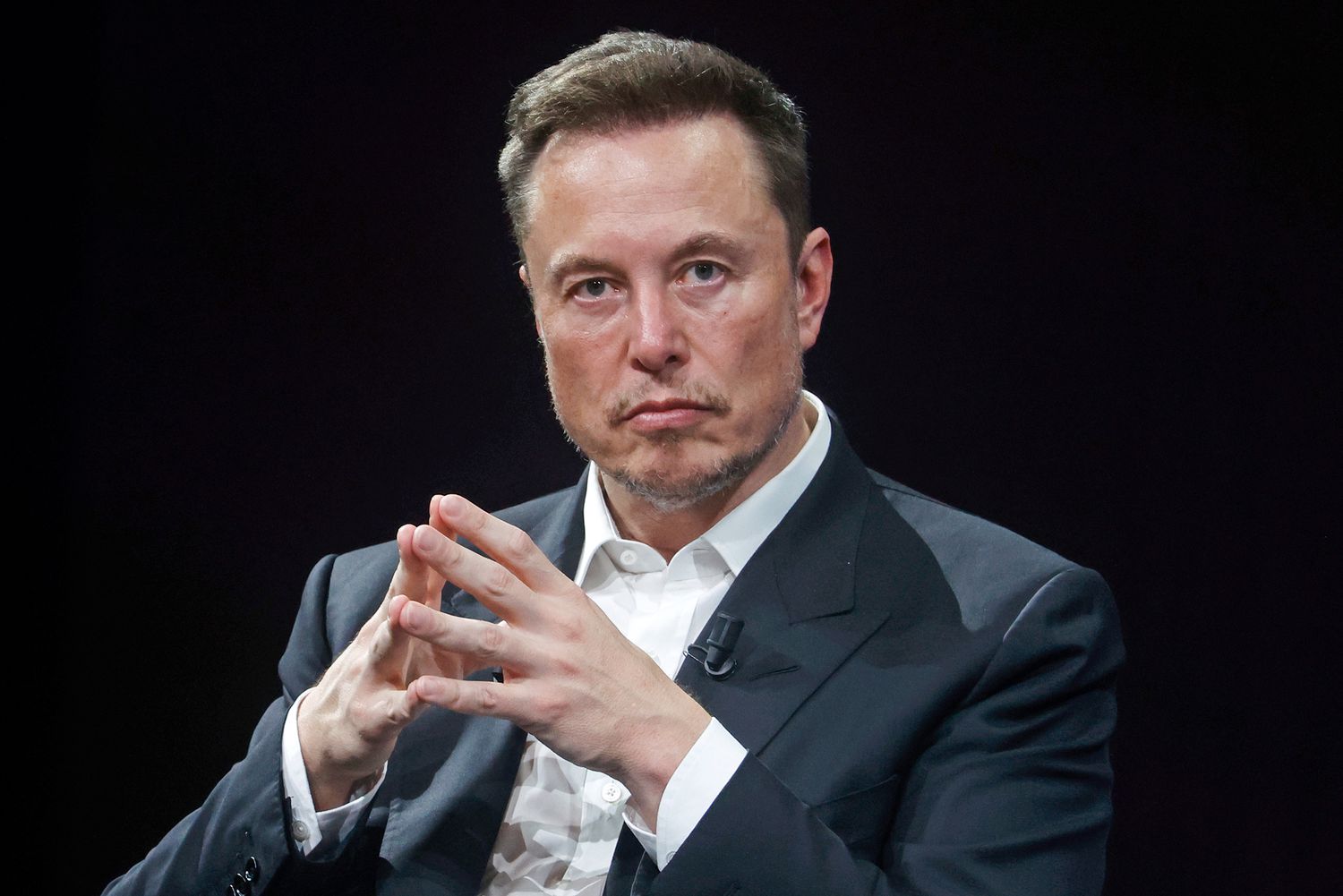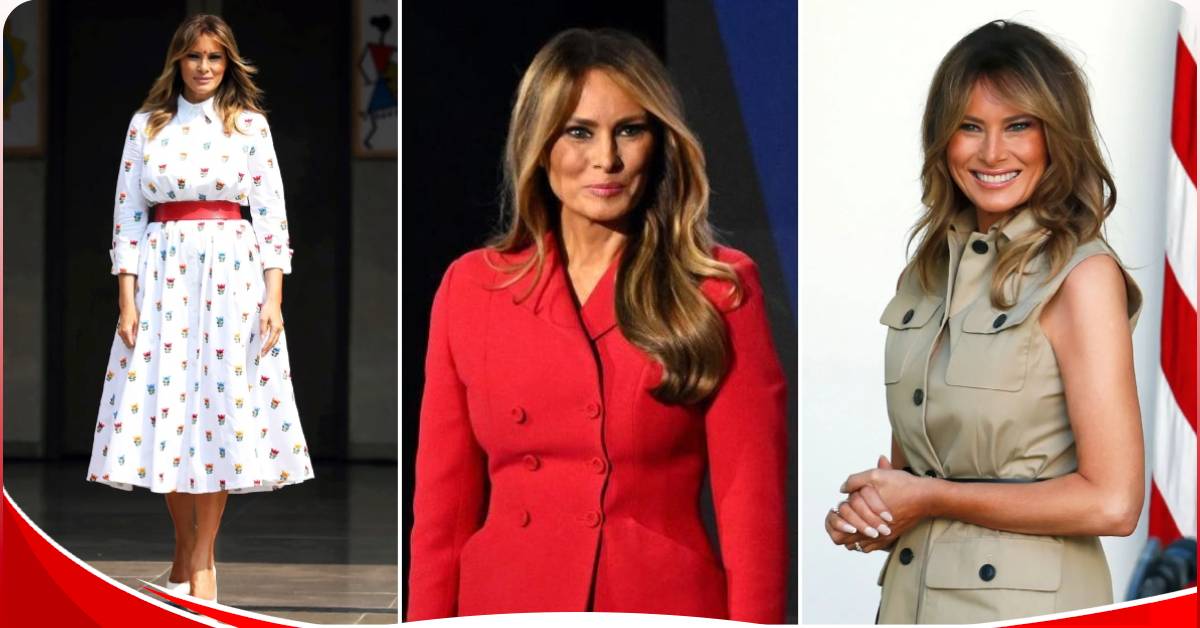In April 1996, Manchester United headed to Southampton having won 11 of their last 12 fixtures and consequently dislodged Newcastle United from the Premier League top spot..
Despite their promising form, they faced an unexpected setback at The Dell against struggling Southampton on a hot day.
The first half proved disastrous for Manchester United, with Ken Monkou, Neil Shipperley, and Matt Le Tissier giving Southampton a deserved three-goal lead.

Needing a change, Paul Scholes came in for Nicky Butt. However, Sir Alex Ferguson was more concerned about the team’s grey kit, which made it hard for players to spot each other in the bright sunlight.
“The players don’t like the grey strip. The players couldn’t pick each other out. They said it was difficult to see their teammates at a distance when they lifted their heads. It was nothing to do with superstition,” Ferguson said.
Ferguson, frustrated with the grey strip, believed it affected the players’ visibility on the field. Dismissing any superstitions, he instructed the team to switch to their blue and white second-away strip.

“This club went 26 years without winning the league and we didn’t think about changing the red shirts. It’s nothing to do with that at all,” he added.
Surprising the fans, Manchester United returned for the second half without the grey shirts. Although their performance improved, a late goal from Ryan Giggs only served as consolation, and Southampton secured a 3-1 win.
ALSO READ: Ferguson came – Victor Wanyama recounts how his chance to join Man United slipped away
The loss enabled second-placed Newcastle to close the gap to three points from the top. However, Manchester United regrouped and won their last three games of the season, securing the Premier League title.
United never used the grey kit again. Southampton’s players viewed the controversy as unwarranted complaints. In fact, Le Tissier, who scored a goal, claimed he hadn’t even realized the kit had been changed.

